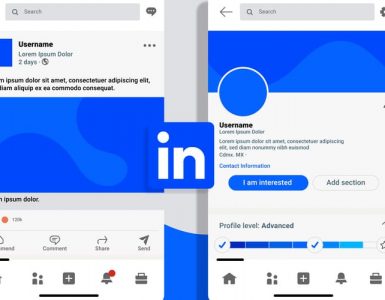4 Research Methods to Find Unique Angles Outside The First Page of Google
In this article, I will explain four research methods that help me identify unique takeaways and fill gaps in current ranking pages. These are yours to steal now!
Why only SERP analysis doesn’t cut it anymore
Here’s what’s wrong if you limit your research to analyzing top-ranking pages.
You’ll end up creating copycat content
If you search the keyword digital marketing, you’ll see ranking pages discussing benefits, approaches, and strategies, but no unique angles or take on the topic. Scanning those pages will limit your creativity.
As a result, you’ll create similar content, which Ryan Law, CMO at Animalz, describes as copycat content, a bunch of articles with lookalike titles, headers, and examples.
You won’t be able to identify content gaps
As a reader, I often find articles, particularly informational long-form ones offering generic and non-actionable information. For instance, if an article talks about influencer marketing growth, it needs to back it up with statistics, insights from experts, and relevant data points. If these are not addressed, the reader will bounce from the page.
So, if you’re looking at top-ranking articles as a guide for your content, your eyes will skip those gaps. It happens because top-ranking pages give you surface-level understanding. You need to expand your research beyond those pages to serve these gaps.
Four tactics to level up your research process
Best for: Finding arguments, case studies, and questions related to a specific topic.
LinkedIn has become a popular platform in the past few years, with many people publicly sharing their experiences, knowledge, and insights.
2. Google Alerts
Best for: Finding the latest reports, trends, or industry news.
Google Alerts give a variety of sources that might not be ranking but still have valuable content.
3. Communities
Best for: Identify questions, arguments, and related resources.
How to use them
Joining relevant communities and keeping a tab on the conversations has helped me find some unique angles. For this, make sure you are part of active communities in your industry. Some marketing communities you can join include Superpath, Email Geeks, and Demand Curve.
Then, I search for the keyword and instantly get an overview of questions and insights offered by community members.
Another way to use communities is to turn to your network. If you are active on social channels and have built an engaged audience, they will be your source of information.
4. Newsletters
Best for: Understanding a topic in depth with interesting visuals. Getting a snapshot of what’s happening on the web. (Applicable if you sign-up for a newsletter that does roundup content)
How to use them
Sign-up for and read relevant and industry-specific newsletters – and if possible, assign categories to each newsletter based on its type and content. It will help the research process be super smooth.
For instance, I have a content marketing label; within that, I have sub-labels for each creator. This categorization makes it super easy for me to research as I can search for a topic shared by a specific expert.
Power up your research process
Remember, the quality of your input determines the value your content will deliver. I’d encourage you to go beyond the top rankings pages and tap into social media channels, newsletters, Google Alerts, and communities.
Here are a few tips from my end to ease this process even more:
- Save links whenever you come across them. Better even drop them into your swipe file and organize it well.
- Build a network of people you can reach out to ask for quotes and curate insights.
- Keep yourself updated about the emerging trends and updates in your industry.
- Bookmark a few favorite resources (websites, podcasts, webinars) that you often refer to. Organizing relevant links into groups in your bookmarks is an even better solution. This way, you can access all the links in a group with just one click.
Finally, remember that research is never a one-time event. You’ll find interesting ideas to add at every stage of your content writing journey. So, allow yourself the flexibility to do that.










